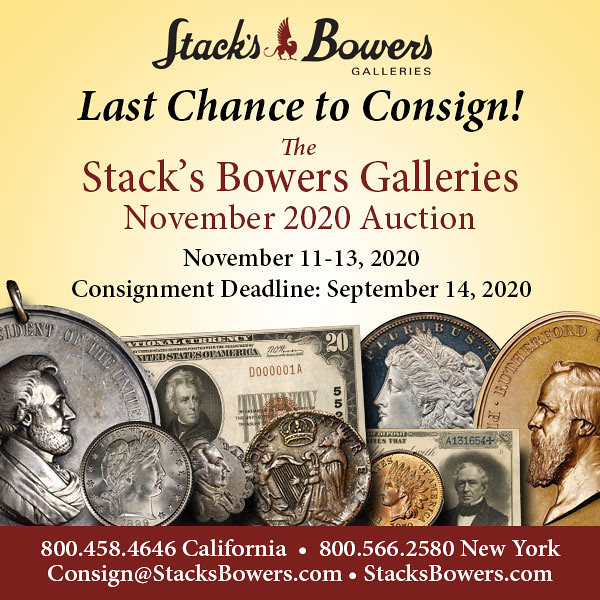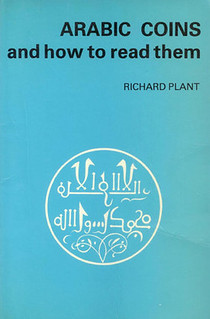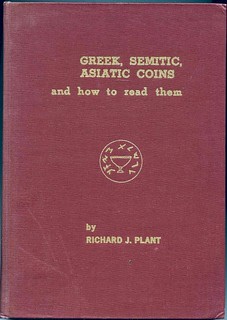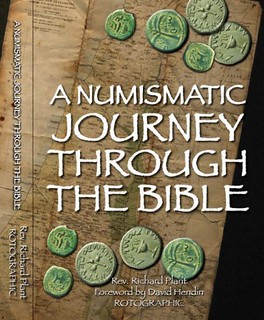
PREV ARTICLE
NEXT ARTICLE
FULL ISSUE
PREV FULL ISSUE
RICHARD J. PLANT (1928-2020)Frederick A. Liberatore writes: "Richard J. Plant, author most recently of "Greek, Semitic, Asiatic Coins and How to Read Them" (revised and augmented 2013) died in early August at the age of 92. A review of this book was published in The E-Sylum to alert numismatists of a new and useful publication. Readers are likely familiar with Richard's other two well-known books, "Arabic Coins and How to Read Them" and "Greek Coin Types and Their Identification." All of these books feature information generally hard to find elsewhere as well as thousands of his remarkable hand drawn illustrations of the coins under study. The publisher of the 2013 2nd edition on reading coin legends sent me the final copy from Grandad Press #91. The book is now officially out of print. Lucky purchasers own a treasure."
Here is an obituary Plant's son Stephen J. Plant wrote. I added book cover images and a photo of Plant supplied by his granddaughter Emily Sarah Plant. Thanks, everyone. -Editor
Plant was born in London in 1928, the son of a Scottish-Australian father and Welsh mother. His father, a civil engineer who had returned to London to join up in 1917 after several rejections by the Australian army because of his poor eyesight, went blind when Richard was very young. He won a scholarship to Emmanuel School in Clapham and was evacuated during the war. His first coin was a 1916 zinc coin from the German occupation of Belgium. A keen student of Latin and Greek, he built his collection up by identifying coins for dealers on the Portobello road in London in exchange for a few coins. During National Service in 1945 he was stationed in what is now Libya, and once found a bronze of Valens in the sand by the latrine.
On a clergy stipend, Plant only spent on coins what his royalties and identification fees earned him. His notebooks often recorded not only the type, metal, weight and condition of coins he had bought, but where he had got them and the price he paid. Frugality, patience, and skill in identifying coins meant he picked up bargains. In a long biographical piece on him for The Celator in 2010, Mark Fox quotes Plant’s recollection of finding an unpromising bronze coin in a dealers’ box that, after a bit of cleaning, turned out to be a rare Judean coin over-stamped X by the Tenth Roman Legion during the occupation that followed the destruction of the Jerusalem temple in AD 70. This was just the kind of thing that interested him; a small piece of history in the palm of his hand.
Plant’s Coin Lexicon and Coin Classroom articles for Coin News proved to be an especially fruitful late vehicle for his interests. These allowed him to roam freely from ancient to modern, and from Western to Eastern coins, to explain words like Maeander and phalanx. Here, the full scope of his linguistic, historical and numismatic knowledge was harnessed to his quirky humour and imagination. Plant always thought that clergy without a hobby tended to be over earnest and a bit too intense for their own good. Coin collecting and writing nearly always played second or third fiddle to his long and faithful Christian ministry and to his family. But his hobby kept him sane; through it he made friends around the world with whom he enjoyed emailed conversations, especially as his physical world contracted. His unconventional writing will be missed by many, as will his extensive knowledge, his winsome charm and his defining modesty.
To watch a video of the funeral service, see:
To read the earlier E-Sylum article, see:

Wayne Homren, Editor The Numismatic Bibliomania Society is a non-profit organization promoting numismatic literature. See our web site at coinbooks.org. To submit items for publication in The E-Sylum, write to the Editor at this address: whomren@gmail.com To subscribe go to: https://my.binhost.com/lists/listinfo/esylum All Rights Reserved. NBS Home Page Contact the NBS webmaster 
|




